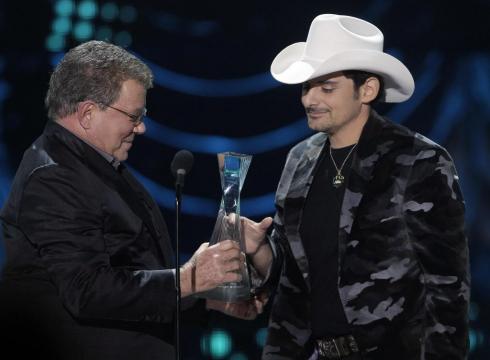
Image Credit: Mark Humphrey, AP
The media reacted volubly to Brad Paisley's song "Accidental Racist," a ballad on his newly released "Wheelhouse" album that openly tackles the problem of racism. Staging a dialogue between Paisley and rapper LL Cool J, the song imagines the tense process of "remembering and forgetting" slavery, as one critic put it, from highly stereotyped white and black perspectives. Many voices from the blogosphere last week, including Stewart and Harris from Jezebel and Slate, fumed at the song's presentation of racial history and relations, while others viewed it as simply a provocative song characteristic of Paisley's other work. That it was selected by the NYTimes.com for one of the online "Room for Debate" forums is, perhaps, an indication of how ripe the song's lyrics are for critique and how generative they are of competing rhetorics.
Here I will consider how controversial lyrics from "Accidental Racist" alongside resonant verses from Paisley and other mainstream country artists foreground surfaces and appearances--clothing, physique, and color, for instance--to talk about identity, race, and social perceptions.
Recent comments
2 years 29 weeks ago
2 years 44 weeks ago
2 years 44 weeks ago
2 years 50 weeks ago
3 years 4 weeks ago
3 years 4 weeks ago
3 years 4 weeks ago
3 years 6 weeks ago
3 years 6 weeks ago
3 years 6 weeks ago